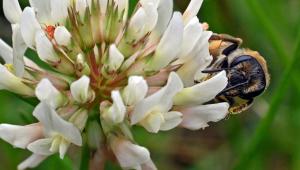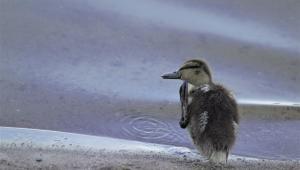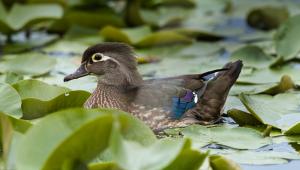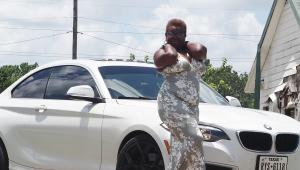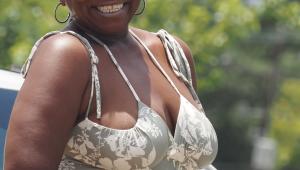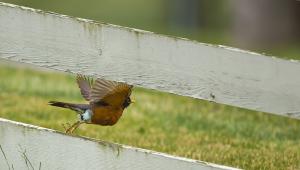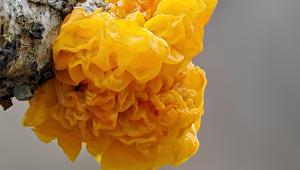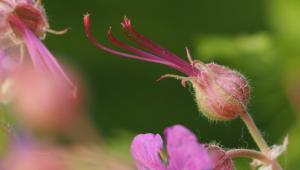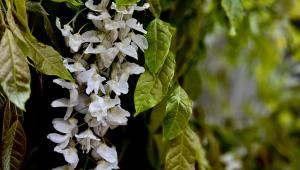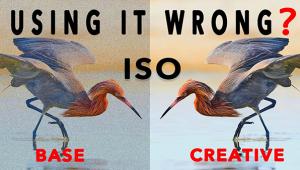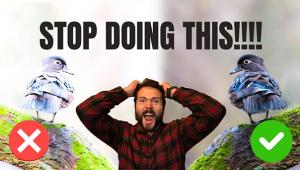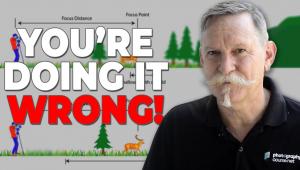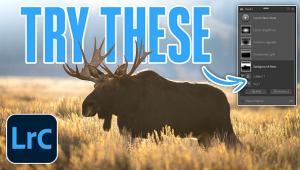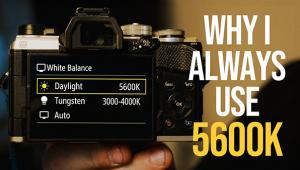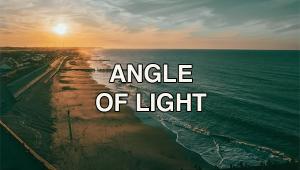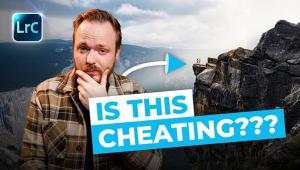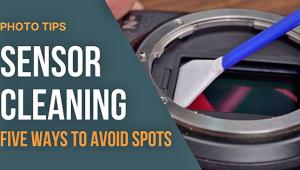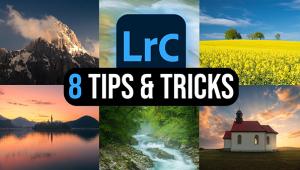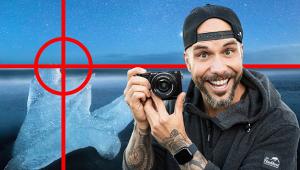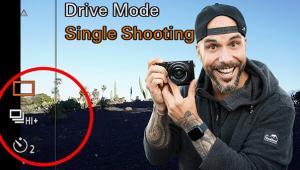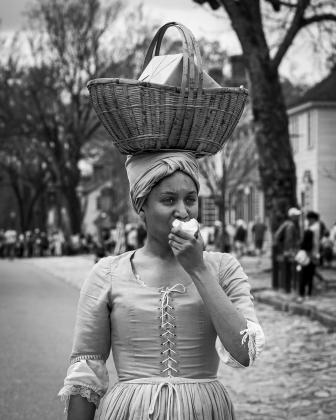On The Waterfront; AJ Neste’s Pro Surf Shot Strategies Page 2
In Tahiti the USA Surf Team took second place and everyone was clamoring for photos. "The year before the USA team had been beaten by Switzerland, a country that doesn't even have an ocean. So second place was big deal and I was one of the few photographers there, so all the magazines started asking for photos."
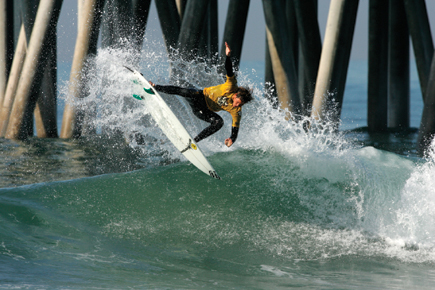 |
|
|
Which made Mike Gerard realize how important it was to have a photographer
with the team. He asked AJ to be the team's staff photographer. AJ accepted
and it's the job he holds today. "I'm on retainer as staff
photographer, and I travel with the team and go to all the competitions. I can
also submit my photos to magazines. It's a dream come true. I've
been to Tahiti, Portugal, Brazil...and I'm going to France in May."
Another important lesson learned from the donkey days contributes to AJ's
success. "Just to be myself," he says. "What I saw was my
father not just taking photographs, but walking up to Darryl Strawberry and
shaking hands and saying, `What's going on?' and sitting down
with him. The players would relax around him, and they'd forget he was
a photographer and they'd become friends, and then he'd get great
images. My dad also worked for HBO for a long time and photographed for The
Sopranos. James Gandolfini is a friend. I'm completely comfortable around
everyone, so when I'm around high-profile surfers, I'm not fazed.
I become their friend first. Working with the USA Surf Team I see kids come
in at 12 and they'll work with the program until they're 18 when
they'll want to turn pro. In the past four years I've become friends
with some of the best surfers, and when they're pros, I'll have
a relationship with them. That's totally my father--besides backgrounds
and settings and lighting and what to look for in a photograph, he taught me
how to be a good person. That's what made him a great photographer. I
learned that if you earn people's trust, images happen."
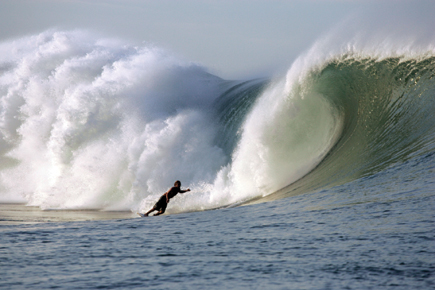 |
|
|
By getting to know the surfers, AJ has the opportunity to work with them over
a period of time, and that pays off in the photographs. "When I see them
about to catch a wave I know what they're going to do with it,"
he says. And that's an important edge, because the results of surf photography
are largely in the hands of the nature gods and the waves and light they serve
up. "The conditions are never the same," AJ says, "so the
surfers are what you know and what you focus on."
Technically, AJ relies heavily on the automation of the gear. "Again,
with surf photography, everything is constantly changing--the light, because
clouds move in and out, and even the color of the ocean. It's hard to
keep up with manually, so I put a lot of my trust in TV mode [Canon's
shutter priority] setting. Nothing below 1/1000 is basically my setting."
AJ shoots mostly from the beach, where he's known as "the guy
with the monopod," though he recently went into the water and swam out
to shoot with his camera in a waterproof housing. He's also shot from
a boat on occasion.
Taking care of the gear is a constant concern. "You can't exactly
keep it out of harm's way," he says. "I have to clean the
equipment every day after shooting; it gets so corroded. You look at some surf
photographers' lenses and they're eaten up."
It's likely that AJ's future will be influenced by interests that
extend beyond the shoreline. "I like to hang out with surfers who do more
than just surf and go home," he says. "They learn about the places
and the people; some are devoted to helping, to building houses and working
with charities." He can envision a time in which photojournalism plays
a bigger role in his life. "Photography has helped me grow, has opened
doors for me. My main interest now is to explore. I want to get involved with
cultures and people's lives and with documenting what I find."
And what about his love of surfing? "These days," he says with a laugh, "I get to surf only when the lighting gets bad."
To see more of AJ's photos, visit his website at www.ajneste.com.
- Log in or register to post comments




















